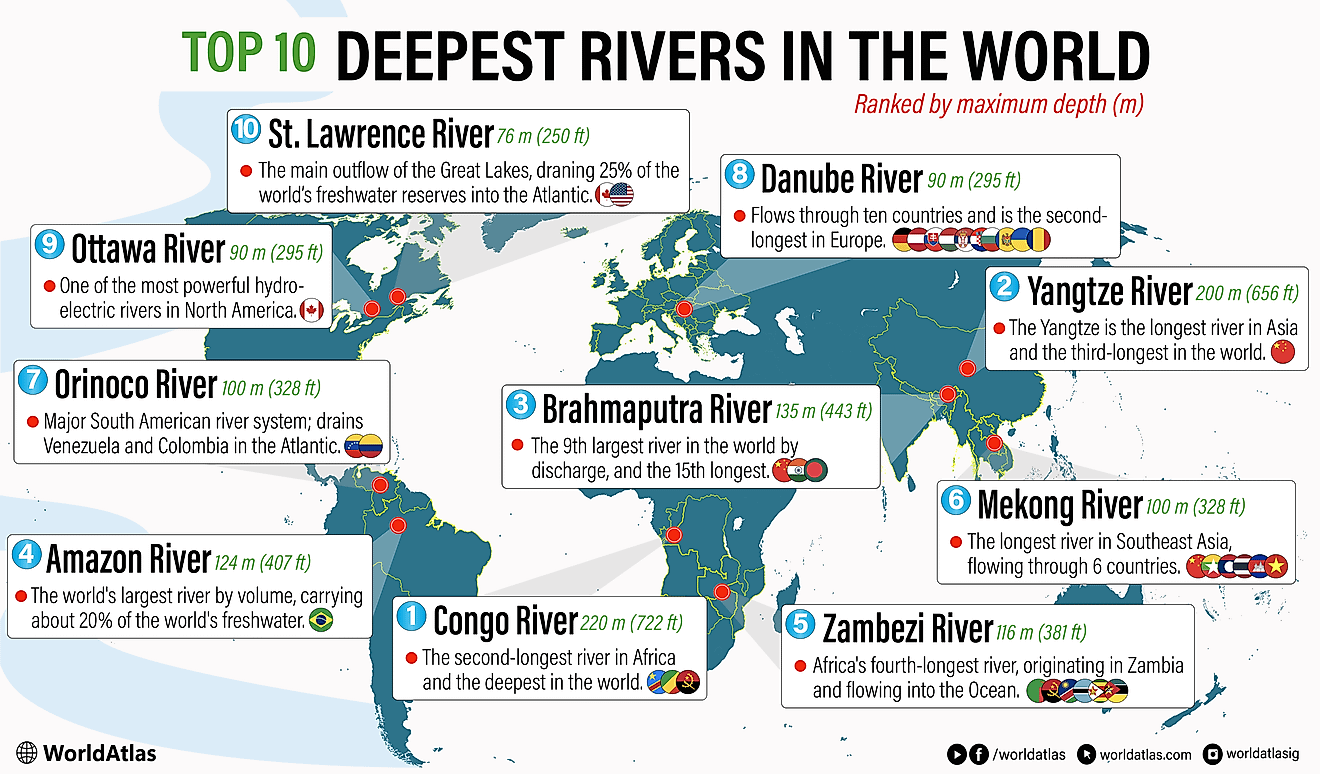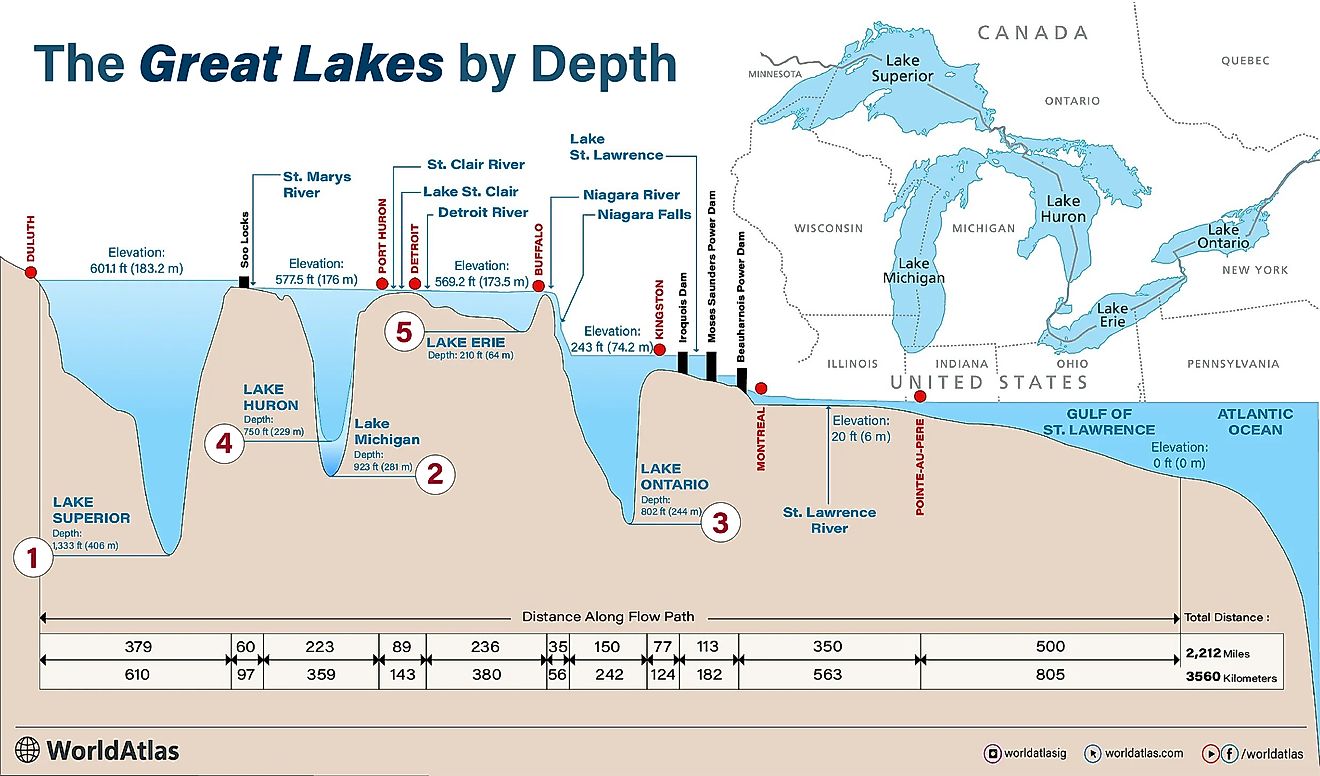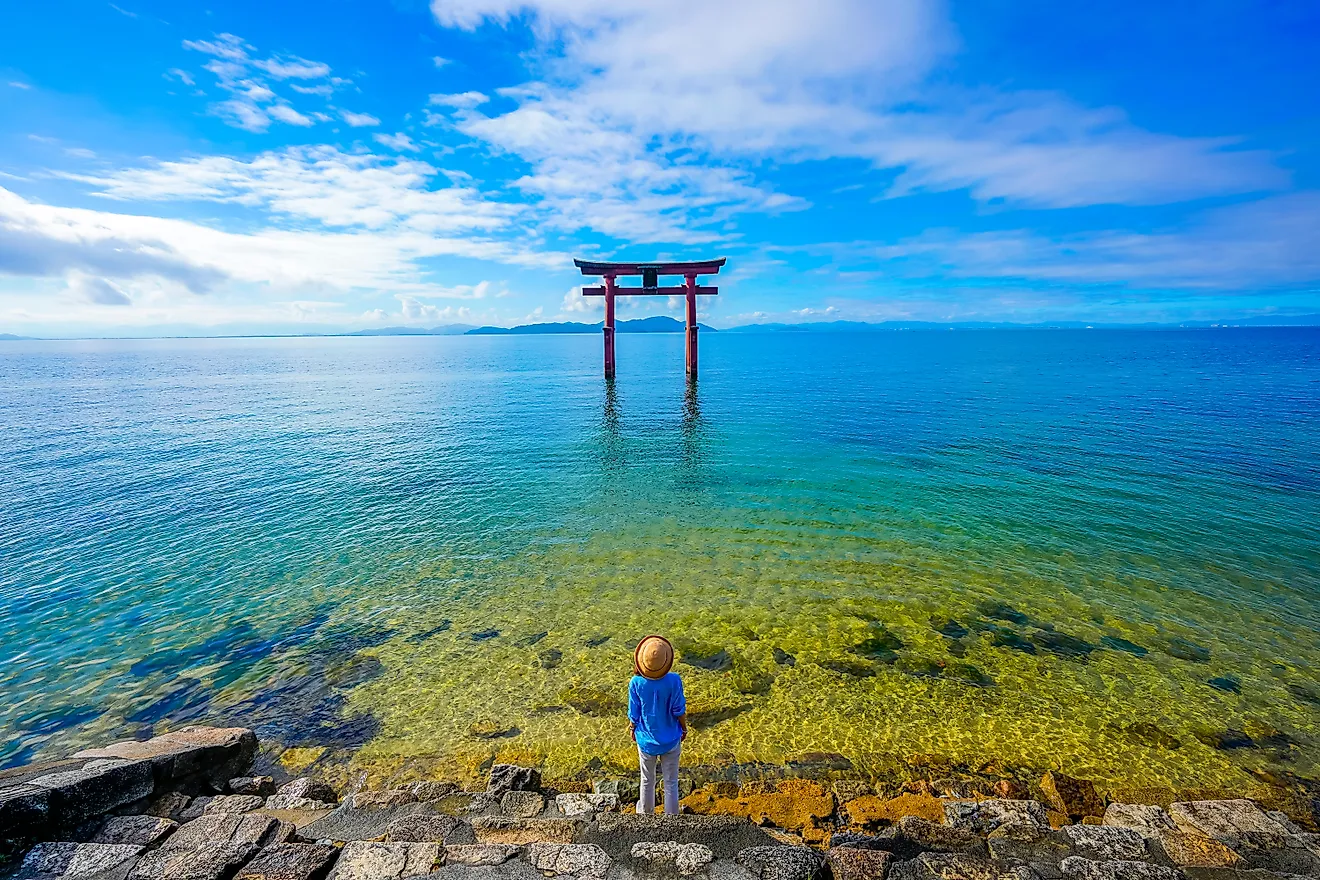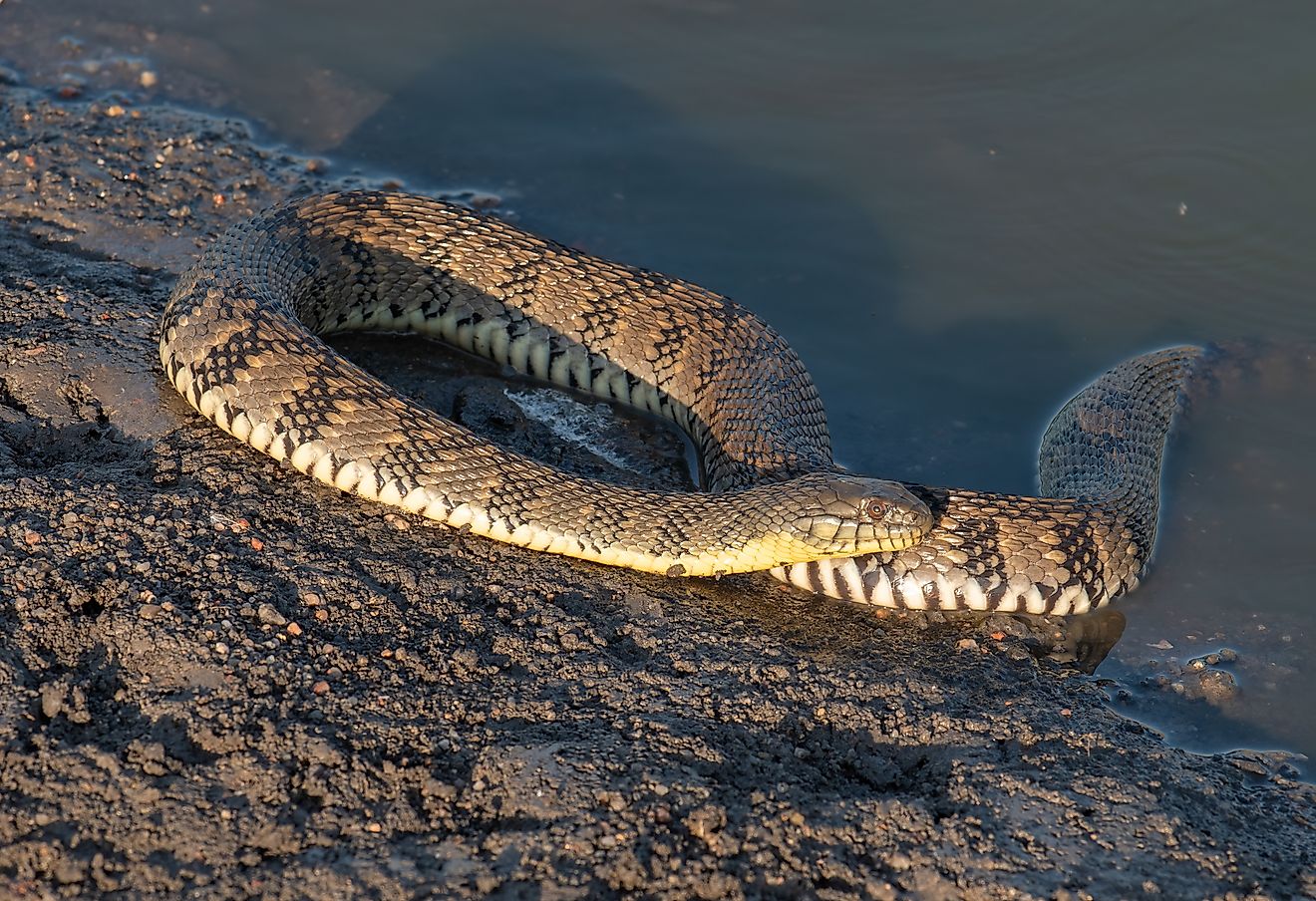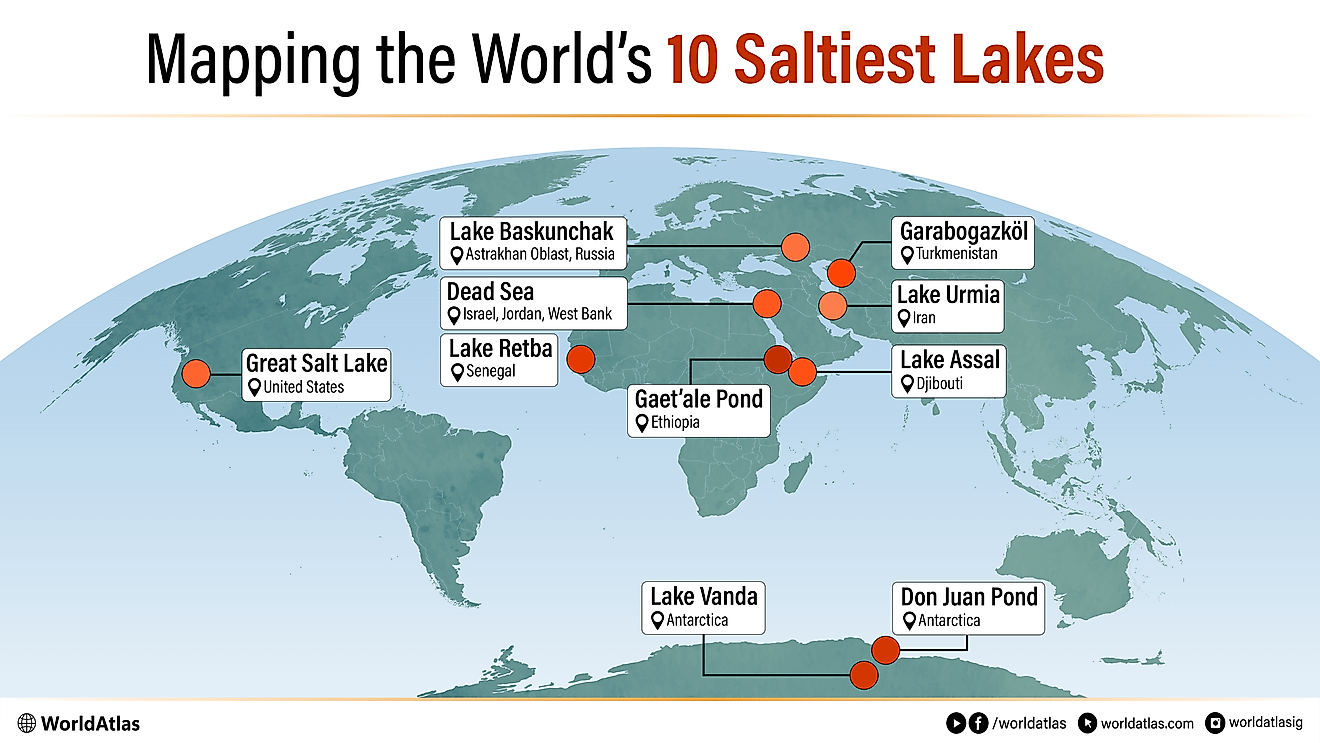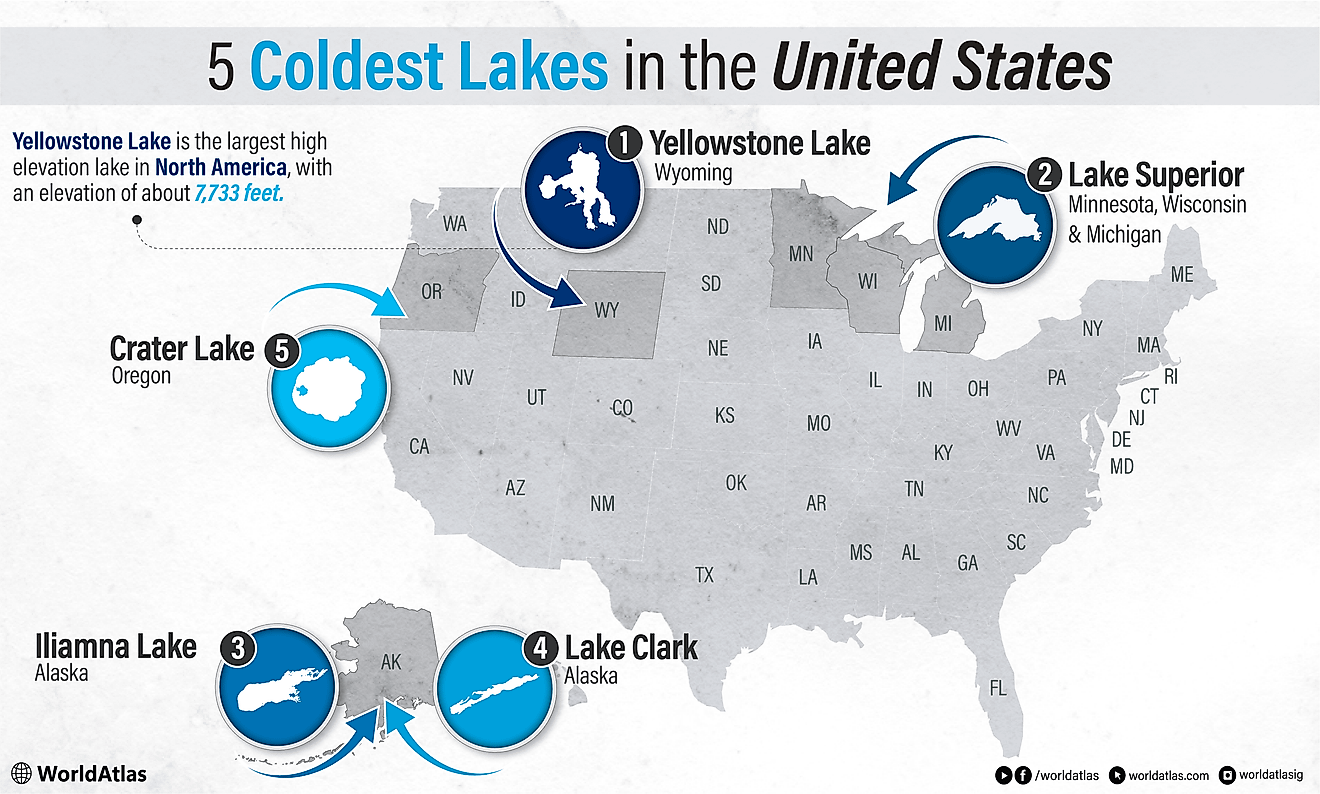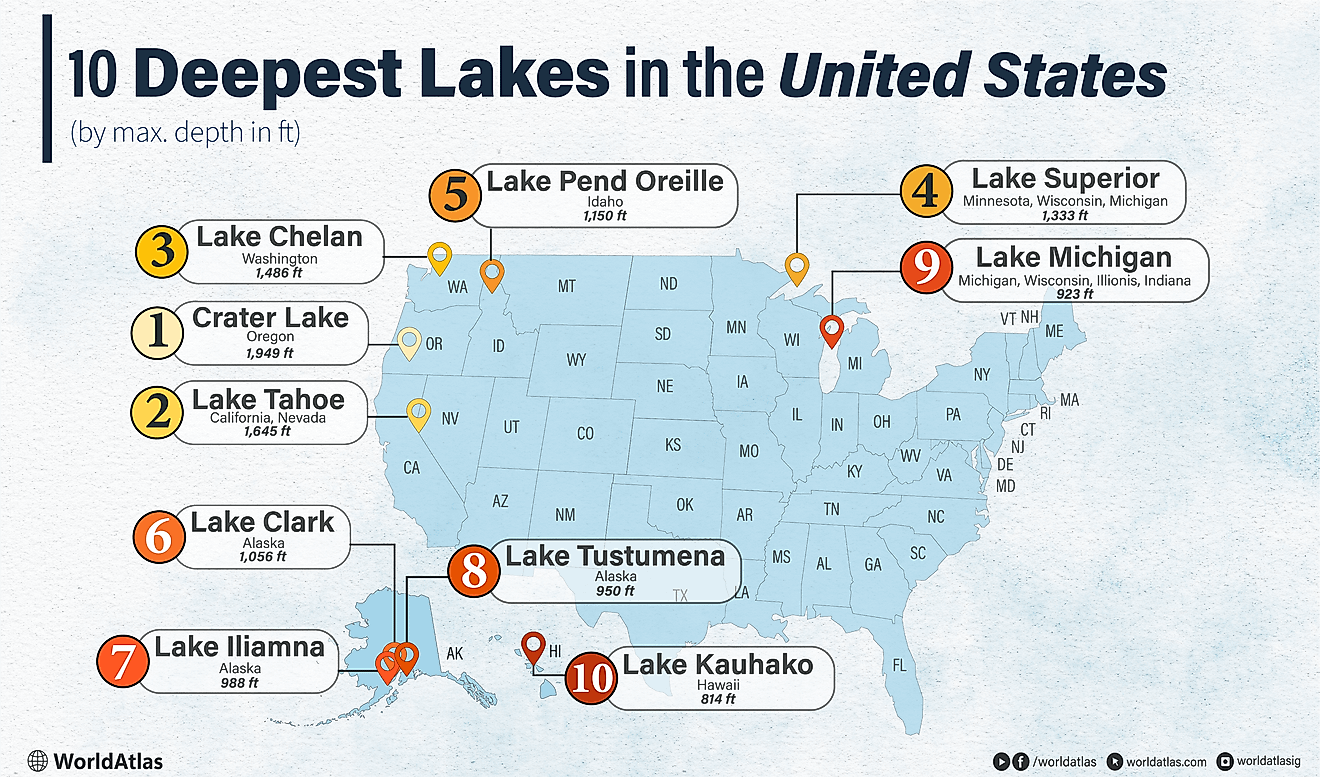
Why the Source of the Nile River Was a Mystery for Thousands of Years
For centuries, the quest to uncover the source of the Nile River has captivated explorers, rulers, and scholars alike. Much like the arduous task of untangling a tangled web of ropes, pinpointing the source of the Nile presented a complex and enigmatic puzzle to those who sought to uncover it. The river's vast expanse complicated matters further, as it was guarded by numerous territorial armies, making exploration dangerous and daunting.
Despite the early belief that there was only one source, geographers now understand that the Nile has multiple sources, which exposes the confusion that shrouded its discovery. From ancient rulers, such as the Roman Emperor Nero who disguised an invasion as an expedition, to later explorers like John Hanning Speke, the pursuit of the Nile's origin has been marked by determination, intrigue, and perseverance.
Geographical and Climatic Challenges
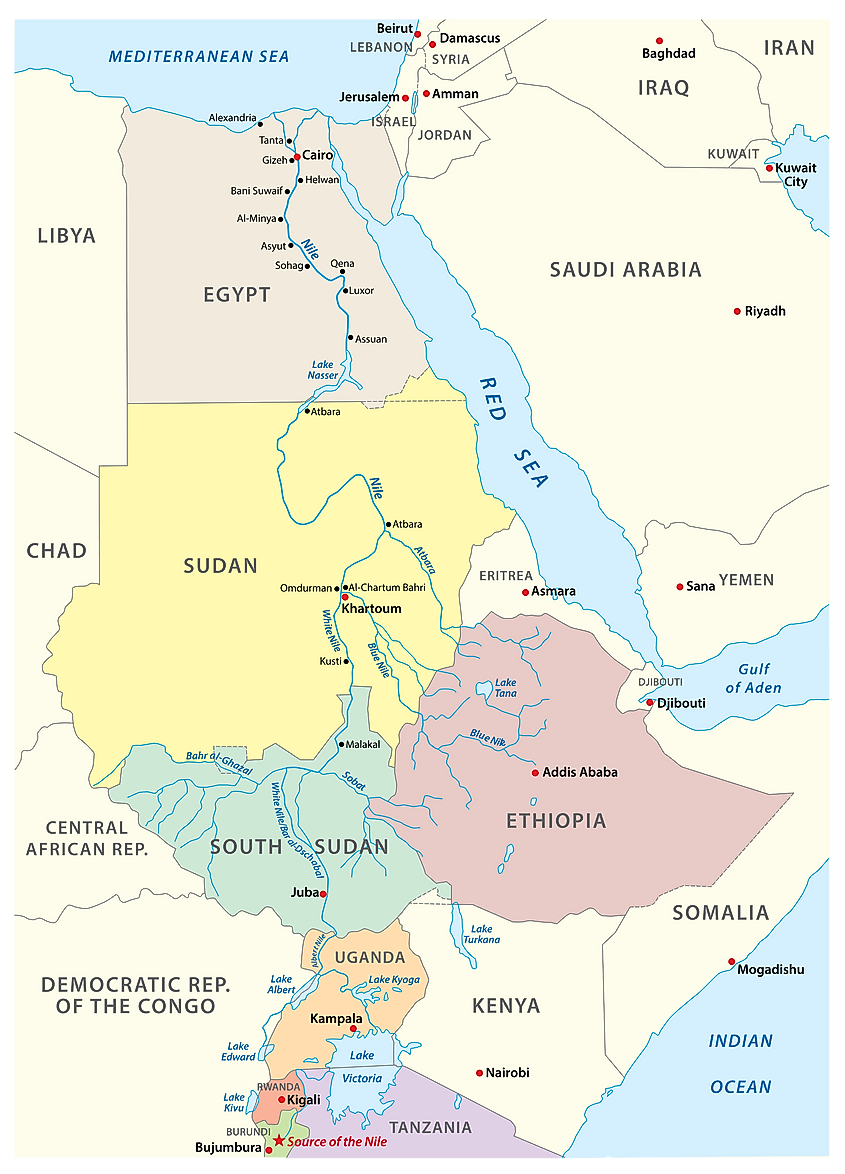
The Nile River, the longest river in the world, spans over 4,130 miles and flows through 11 countries, making its basin one of the largest and most complex in the world. The size and complexity of the Nile River Basin made it difficult for early explorers to determine the river's true source. The river's primary sources are the White Nile and the Blue Nile, which converge in Khartoum, Sudan, to form the main Nile River. This convergence led to confusion about which tributary was the primary source of the Nile.
Moreover, the terrain and climate of the region added to the mystery. The Nile River flows through various environments, from swamps and savannahs to deserts and mountains. The area surrounding the source of the White Nile, the longest tributary, is characterized by dense equatorial rainforests, swamps, and a complex system of interconnected lakes, rivers, and streams. This challenging landscape made navigation difficult and hazardous for early explorers, who had to contend with extreme weather, diseases, and dangerous wildlife.
Limited Exploration Technologies
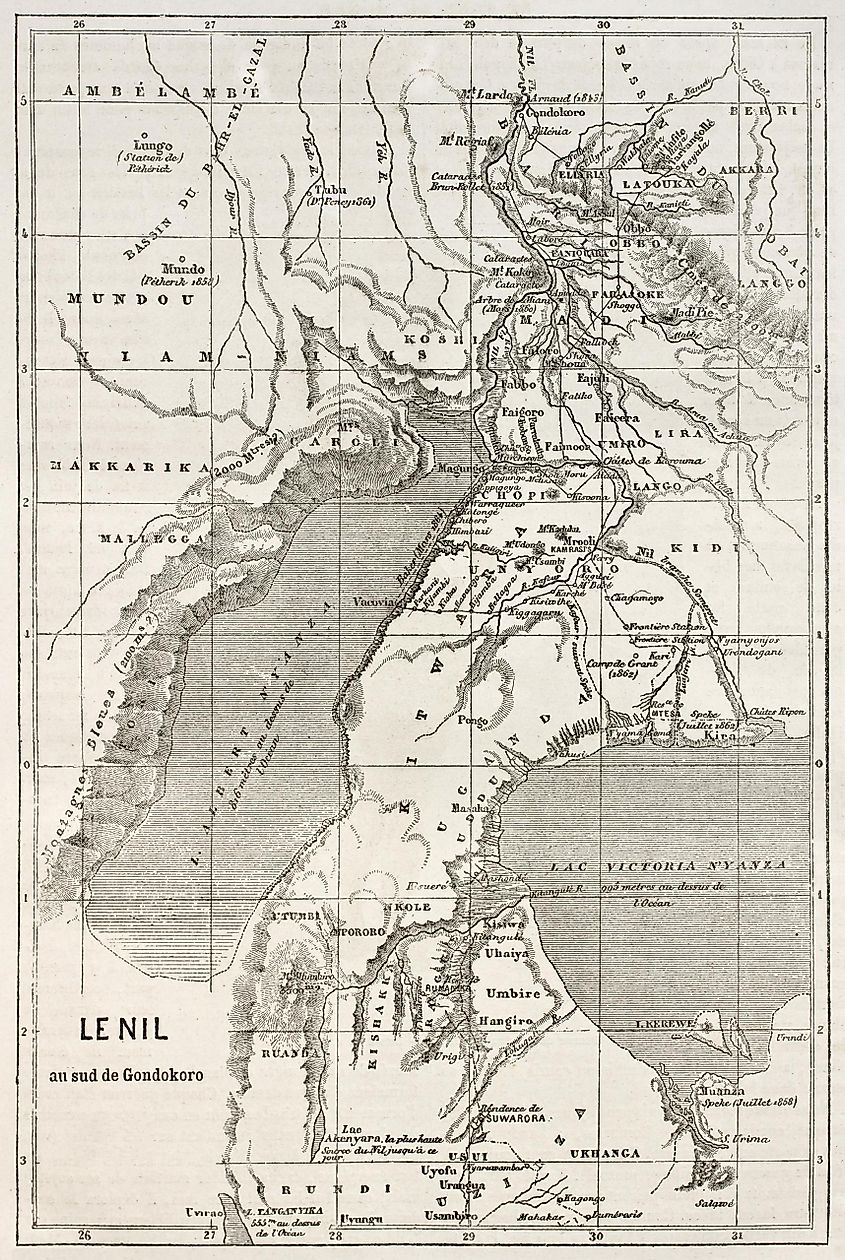
In ancient times, the need for advanced exploration tools and technologies made discovering the Nile's source even more daunting. Navigational instruments such as compasses, maps, and telescopes were either nonexistent or rudimentary, limiting the ability of explorers to chart their course and document their discoveries accurately. The absence of fast and reliable modes of transportation, such as motorized boats and aircraft, further complicated the search. Early explorers had to rely on local knowledge, rudimentary boats, and sheer determination to traverse the Nile and its surrounding terrain.
This reliance on basic technologies and methods often led to incomplete or inaccurate documentation of the region. Without precise maps and navigation tools, explorers could not accurately determine their position or the course of the river. As a result, their accounts often contained inconsistencies and contradictions, adding to the confusion about the source of the Nile. Furthermore, early explorers lacked the scientific knowledge and equipment needed to analyze the geological and hydrological features of the region, making it difficult to understand the complex interplay of factors that determined the river's course and its source.
Political and Cultural Factors
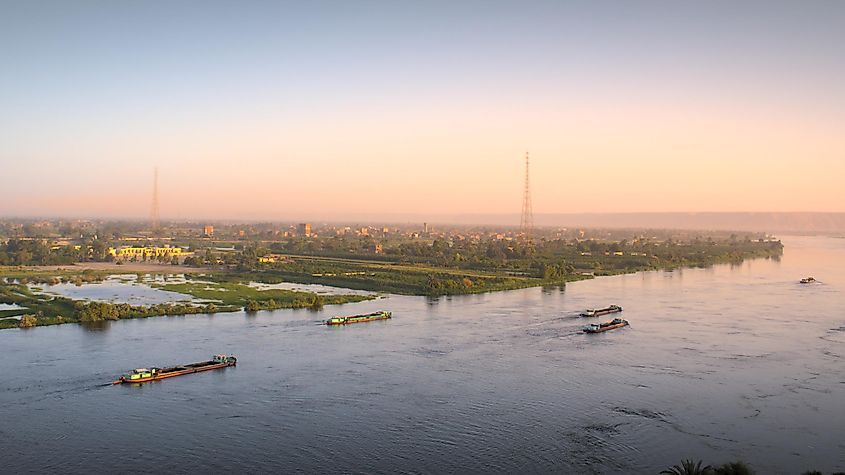
The mystery of the Nile River's source was further impeded by the political and cultural factors that restricted exploration and knowledge sharing. Ancient empires, such as Egypt, relied heavily on the Nile for agriculture, trade, and transportation, making it a vital resource that they closely guarded. Local militaries restricted access to the Nile, and the knowledge of its course and origins was a state secret, limiting the exchange of information among different civilizations.
Local cultures and beliefs also played a role in shaping the search for the Nile's source. The Nile River was deeply embedded in the religious and cultural practices of the societies it supported, often leading to myths and legends that complicated the search for its origins. For example, the ancient Egyptians believed the Nile's source was a divine underground cavern called the "Nile's Eye." As explorers sought the source of the Nile, they had to navigate a complex web of cultural beliefs and political realities, further obscuring the river's true origin.
The Role of European Explorers
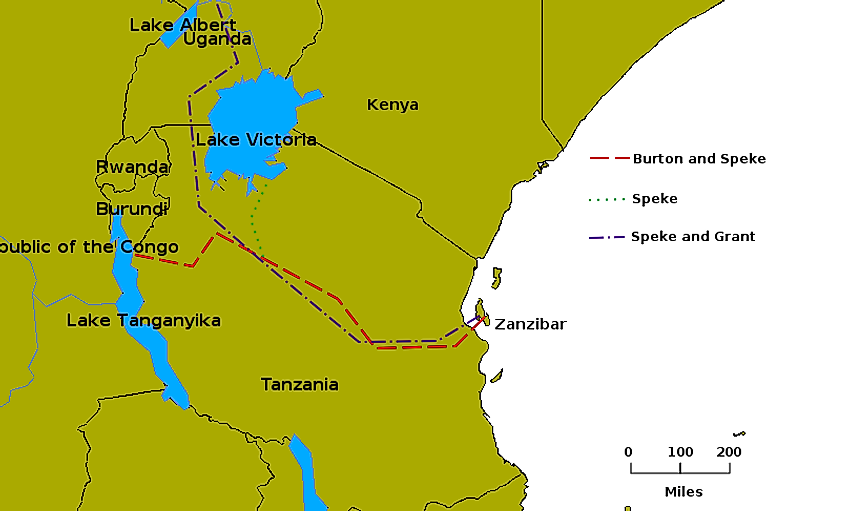
The 19th century marked the beginning of a new era of exploration, as European adventurers ventured into the African continent in search of knowledge, resources, and prestige. The search for the source of the Nile River became a symbol of this broader quest for discovery, attracting numerous explorers who were determined to solve the ancient mystery. Among them were key figures such as Sir Richard Burton, John Hanning Speke, David Livingstone, and Henry Morton Stanley, each of whom embarked on ambitious expeditions to find the elusive source.
These European explorers faced numerous challenges, including hostile terrain, diseases, and resistance from local populations. Nevertheless, thanks to their advanced navigation tools, scientific expertise, and determination, they made significant progress in mapping the Nile River and its tributaries. As they ventured further into the African continent, they gathered valuable information about the region's geography, climate, and cultures, which would eventually contribute to unraveling the Nile's mystery.
The Discovery and Modern Understanding of the Source
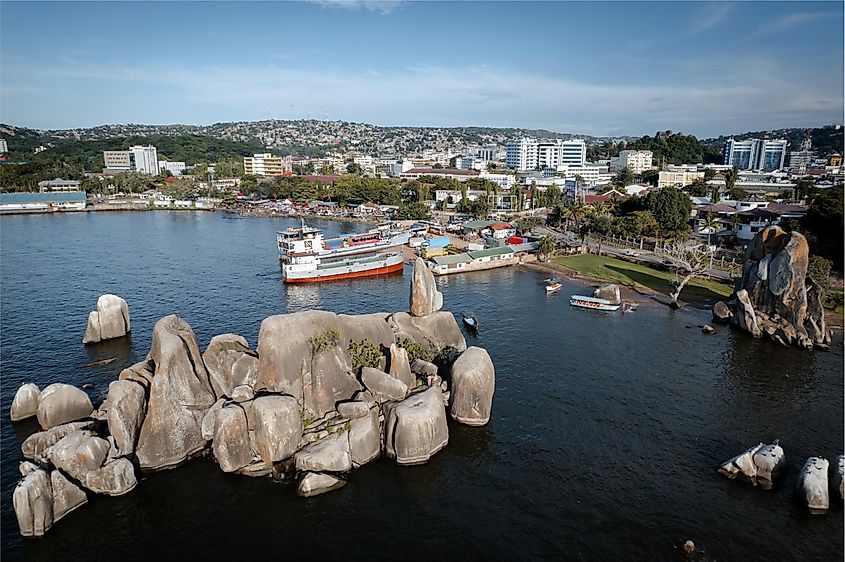
The breakthrough in the search for the Nile's source came in 1858 when British explorer John Hanning Speke discovered Lake Victoria, the largest lake in Africa. While traveling with Sir Richard Burton, Speke reached the lake's northern shore and identified the outflowing river, the White Nile, as the primary source of the Nile River. Despite initial skepticism and controversy, subsequent explorations by Speke, James Augustus Grant, and Samuel White Baker confirmed the role of Lake Victoria as the source of the White Nile.
Modern research has refined academic understanding of the Nile's source, revealing a complex network of rivers, lakes, and swamps contributing to its flow. The source of the Blue Nile, the other major tributary, was identified in the Ethiopian Highlands, specifically at Lake Tana. The Blue Nile and White Nile converge in Khartoum, Sudan, to form the main Nile River, which then flows through Egypt and into the Mediterranean Sea.
Today, satellite imagery and advanced scientific tools allow geographers to accurately map and study the Nile River Basin, shedding light on the factors contributing to its flow and formation. Researchers have identified several sources that feed into Lake Victoria, including the Kagera River, which is now considered the farthest source of the Nile.
Fictions like Robinson Crusoe or Twenty Thousand Leagues Under the Seas provoke in us a thirst for discovery, of lost fortunes, of uncharted badlands. This core trait of being human has evidently persisted for thousands of years, as evidenced by continued efforts to map the enigmatic Nile. However, politics, geography, and the indomitable nature of the African wilds could only prevent that information from global-access for so long. Therefore, one is susceptible to wondering if humanity has any more mysteries to uncover on this planet, perhaps in the ocean or deeper still, and if not - is that reality one to celebrate or grieve?
